Palmetto Bluff Real Estate Company Sales Office
Office Hours
Monday-Friday 9am - 5pm
Saturday 9am - 4pm
Sunday 12 - 4pm
Saturday 9am - 4pm
Sunday 12 - 4pm
Woody the Woodpecker is a character I remember fondly from my childhood. Even now I recall his iconic laugh and my attempts to impersonate it. Now in my adulthood, I have a deep admiration for the feathered friends that Woody represents. However, as a birder, I learned rather quickly that not everyone shares my love for woodpeckers. Pecking holes in houses and trees and drumming against stovepipes is not for everyone. Nonetheless, there is a purpose behind these behaviors, and we’re going to share three common reasons why woodpeckers peck trees and houses.
The first reason is food. Most woodpeckers feed on insects under the bark of (typically) dead trees. Knowing that woodpeckers are attracted to insects within wood can be a great warning sign if they begin making holes in the side of a house. This activity could be a call to action to schedule an inspection for a potential insect infestation. However, woodpeckers hanging around the house is not an immediate cause for concern, especially if there are bird feeders in the yard they love to visit.
The second reason they create holes in trees is to form nest cavities. The only woodpecker in the southeast that will excavate a cavity in a living tree is the red-cockaded woodpecker, and the closest reliable locations to find them are the Webb, Donnelley, and Bear Island Wildlife Management Areas. The other seven woodpecker species in South Carolina nest in dead trees. Cavities for nesting tend to be larger than feeding holes as the birds need to fit their body inside. Thankfully, leaving green spaces with plenty of natural cavities helps reduce the chance of woodpeckers attempting to nest in the walls of homes. If they do take interest in a house, flashy ribbon hung near the location of their pecking during the spring can be a good deterrent. I would also check to make sure the wood is sealed properly and does not show signs of rot.
When they’re not creating holes in trees for food or nesting, woodpeckers will drum on stovepipes. Drumming, the lovely knocking sound that most woodpeckers make against a tree, occurs mainly in the spring and tends to have two purposes. One purpose is to establish boundaries for that individual’s territory. The second purpose is to attract a female. In the latter, the male is trying to be as loud as possible to draw in a potential mate. The problem is that stovepipes are great at resonating noise! The solution for these early morning wake-up calls is to tie a flashy ribbon around the structure the woodpecker deemed as their “megaphone.” (Luckily, this is not a huge issue in the Lowcountry as stovepipe furnaces aren’t needed in our warmer region.)
Hopefully, I have helped explain the somewhat odd and often bothersome behaviors of woodpeckers that live in the Lowcountry. Perhaps you’ve even garnered an appreciation for them. And who knows, observing woodpecker activity may help catch a potential problem (and save you money) down the road.
%GALLERY%

Photography by Summer Pagatpatan Bentley || Chocolate Labrador || Male || 9 Years Old Bentley is always happy to see anyone. He’s the fan favorite in our neighborhood and might bust down the door to see you! Bentley loves to go on a treat walk in Wilson ...
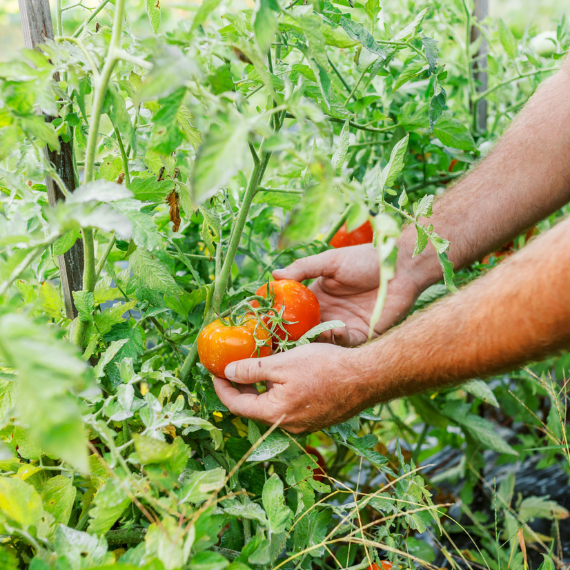
What’s more “summer” than tomatoes from the garden? Or, in Palmetto Bluff’s case–tomatoes from The Farm? We asked our newest addition to the Palmetto Bluff Club’s culinary team, Chef Beth, to share a classic summer staple from her library of recipes: Fattouche...

How did you two meet? Patti: We actually met in college but never dated. We went to Auburn University and both moved to Atlanta after graduation. He was in graduate school at Emory, and I worked as a nurse at Emory’s Children’s Hospital. Pat: Our friend grou...
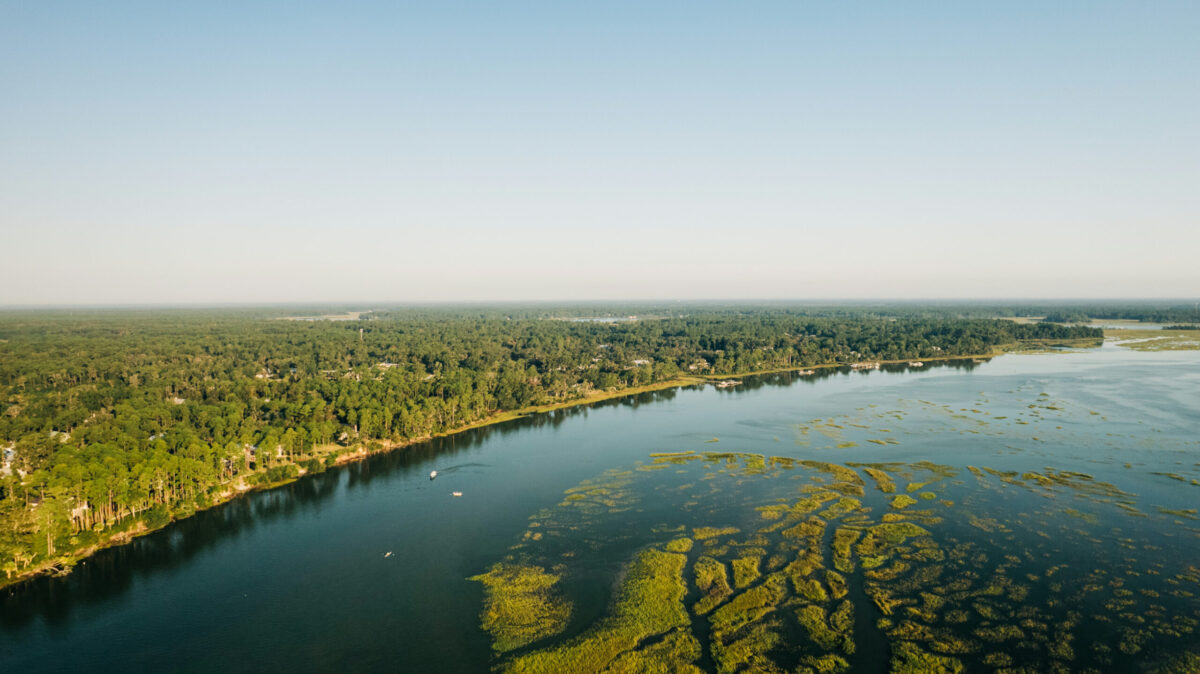
Boat The Bluff: South Carolina Waterways Imagine gliding through serene, glassy waters surrounded by lush marshlands and maritime forests. Welcome to Palmetto Bluff, South Carolina—a paradise for nature enthusiasts, water sports aficionados, and anyone seekin...
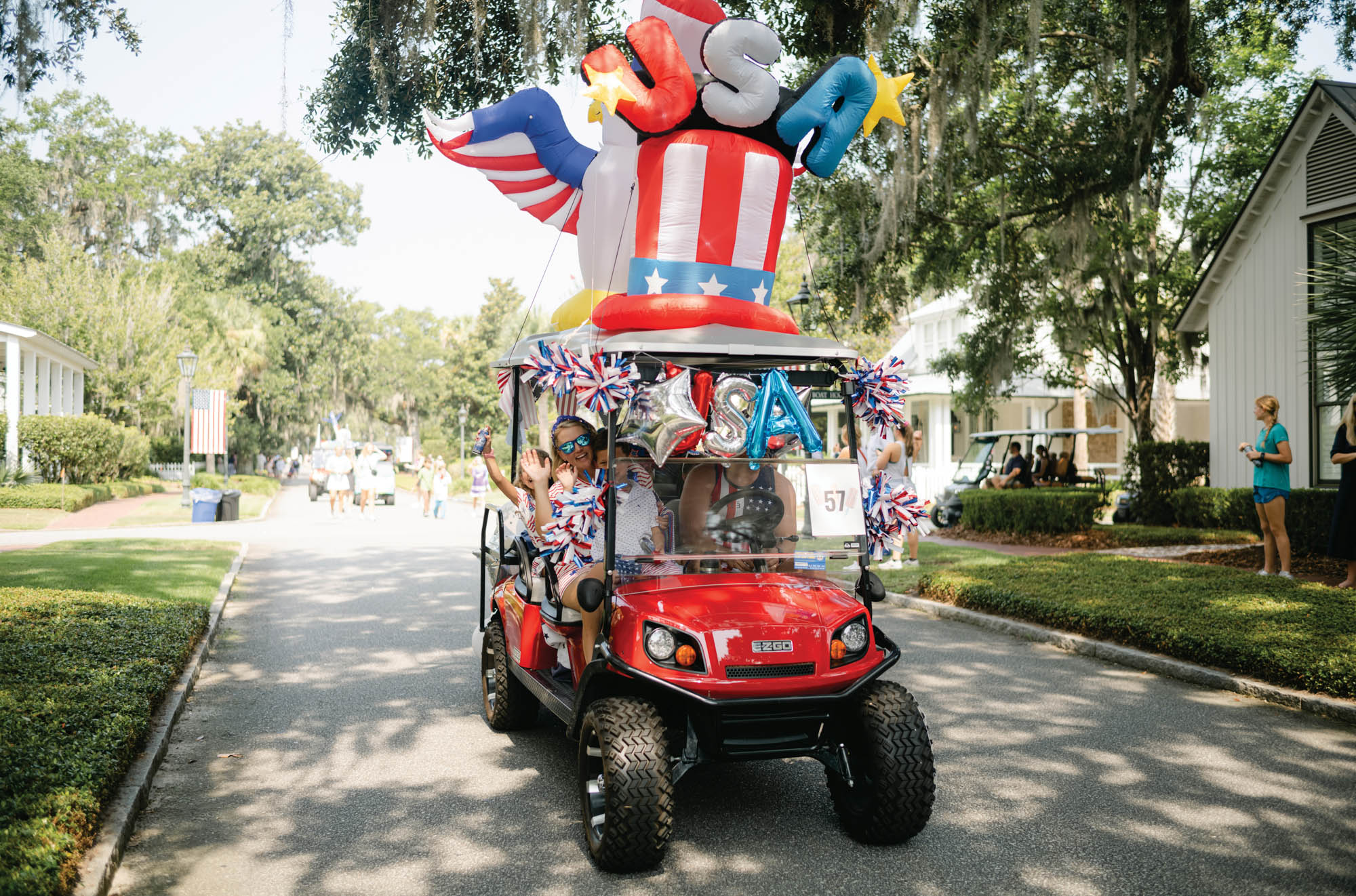
Photography by Charlotte Zacharkiw The fourth of July is the highlight of the Palmetto Bluff calendar. Follow along with the Truslow family on this magical summer day. Neal and Lauren Truslow come to Palmetto Bluff as often as they can. Their kids...
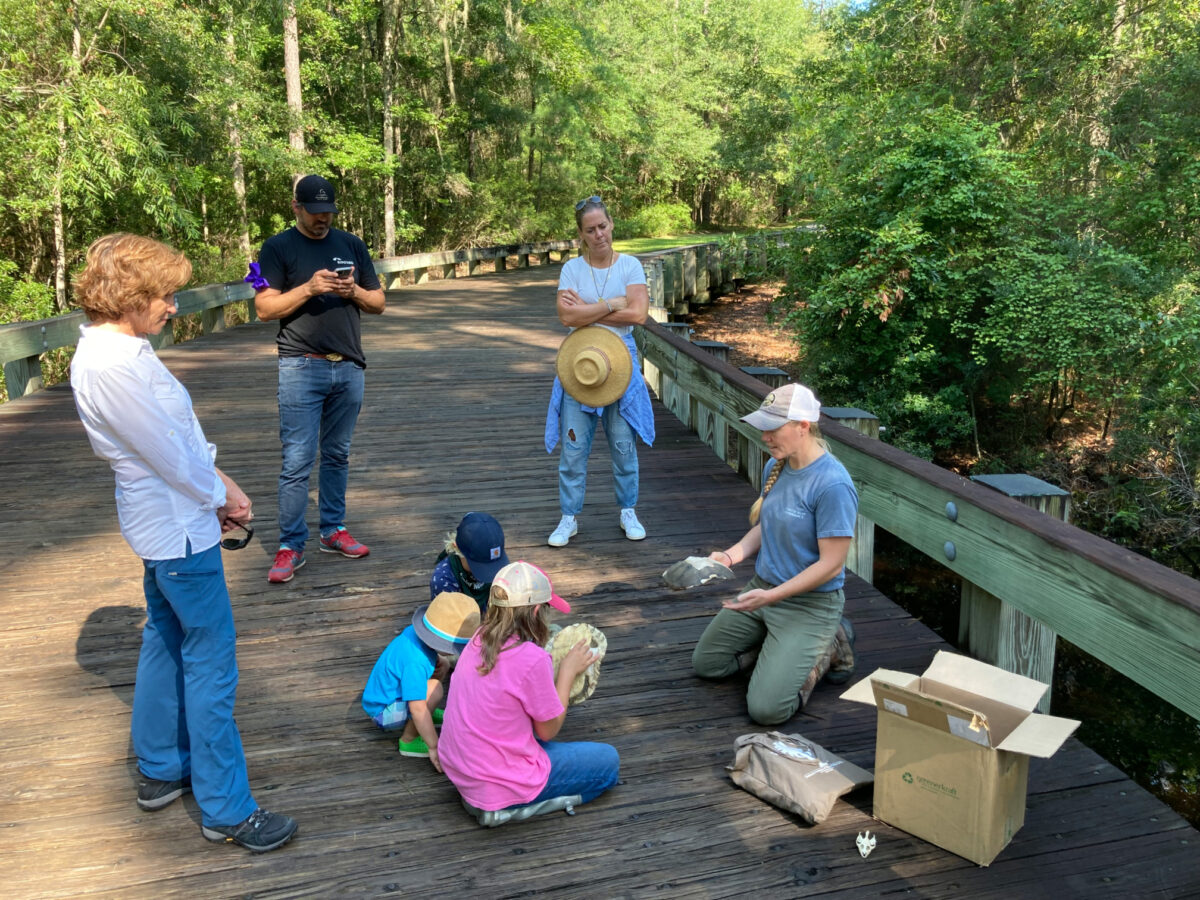
Protecting Nature and History at Palmetto Bluff In the heart of South Carolina's Lowcountry lies Palmetto Bluff, a sanctuary of natural beauty, rich history, and vibrant ecosystems. Since its establishment in 2003, the Palmetto Bluff Conservancy has been dedi...

Photography by Gately Williams Cruise Control Palmetto Bluff lies at the heart of the vast network of rivers and creeks that connect the South Carolina Lowcountry’s barrier islands. A stone’s throw from the notable cultural and historic hubs of Savannah, B...

Tracy’s Journey to Palmetto Bluff Real Estate Situated in the heart of Bluffton, South Carolina, Palmetto Bluff is more than just a community—it's a place of magic and wonder. For Tracy Schyberg, a dedicated sales executive with the Palmetto Bluff Real Estate...

Enhancing Coastal Living With Lowcountry Landscaping Trends The Lowcountry lies along the southeastern coast of the United States, a region known for its breathtaking landscapes, rich history, and unique culture. From the charming streets of Charleston to the...
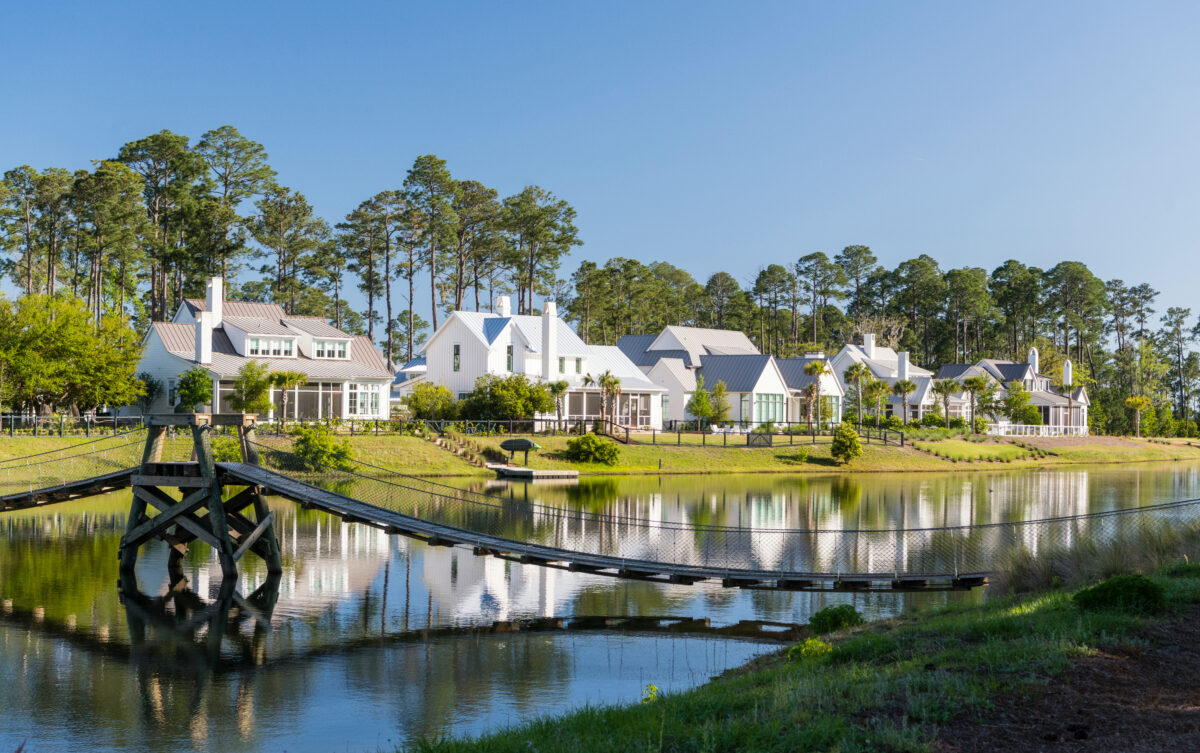
Palmetto Bluff Real Estate Available in Moreland Forest Nestled in the heart of the Lowcountry, Moreland Forest is a charming neighborhood known for its beautiful natural surroundings, Lowcountry architecture, and luxurious amenities. Within the lush forests ...
Learn about the Palmetto Bluff Conservancy and how we keep the vision of our land in place.
On land or water, there is an ever-evolving variety of activities.
We do not attempt to independently verify the currency, completeness, accuracy or authenticity of the data contained herein. All area measurements and calculations are approximate and should be independently verified. Data may be subject to transcription and transmission errors. Accordingly, the data is provided on an “as is” “as available” basis only and may not reflect all real estate activity in the market”. © [2023] REsides, Inc. All rights reserved. Certain information contained herein is derived from information, which is the licensed property of, and copyrighted by, REsides, Inc.